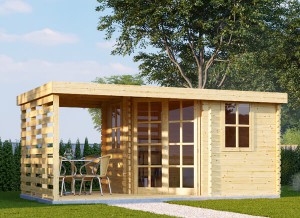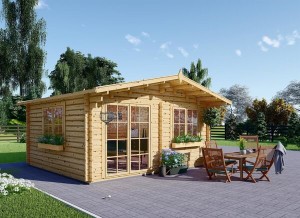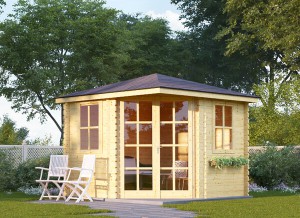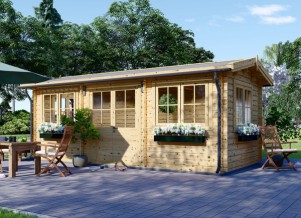Winter is right around the corner and before long snow will be coming down, blanketing the world in white. Is your wooden shed ready? You might not realize it but every winter that your shed goes through without proper preparation is another one where it is being weakened and damaged, bit by bit.
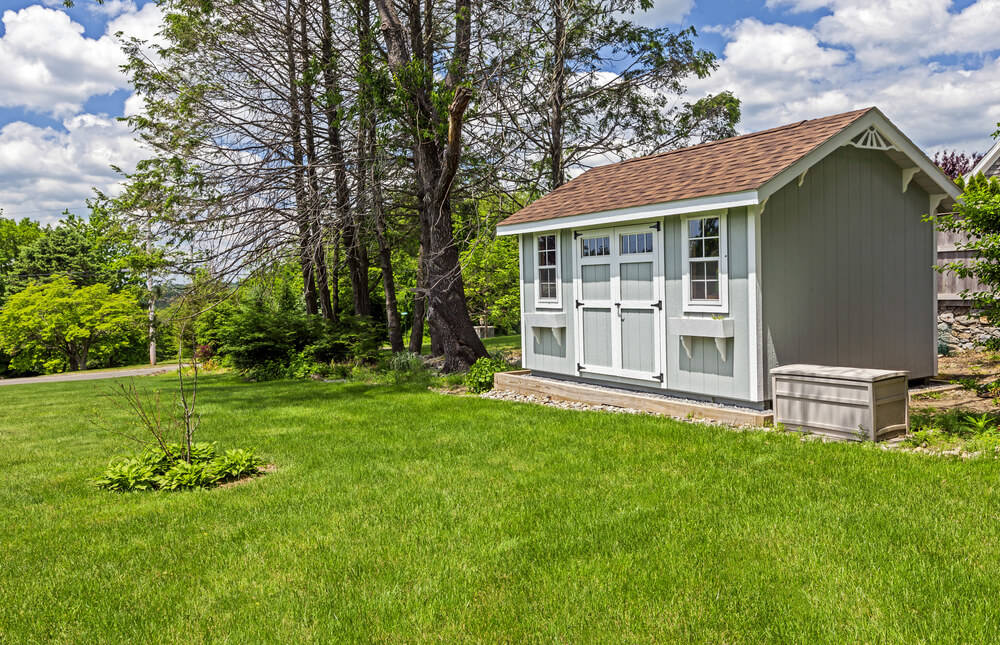
Don’t wait to see major cracks, holes or warms in the exterior. Start getting things ready now so there is no long term damage...and so that the inside remains usable all year round, should you choose.
Step One - Clean The Outside of Your Wooden Shed
Getting the outside ready always starts by cleaning it. Through the year you have probably gathered dirt, dust, bit of debris...things you might not even see until you are looking for them. From leafs stuck between panels to dirt crusted into corners, it can wear down the materials of your shed within a few years.
Start by giving it a good wash down with a garden house, blasting it clean. Wash the windows by hand, as well as the sills. Clean out any gutters on your shed and consider snapping on some covers. Check on the roof and make sure nothing is lingering up there that has to be cleared out. Check for any holes that might need to be patched before the wet season.
The area around the wooden shed will also need to be tended to. Get rid of any weeds and mow down the grass. Clear out leaves on the ground. Lay down any mineral soils that will be used for the next season to prepare for it to grow come spring. Wash down sidewalks and other walking paths. Remove items sticking out of the ground such as sprinkler heads and lights.
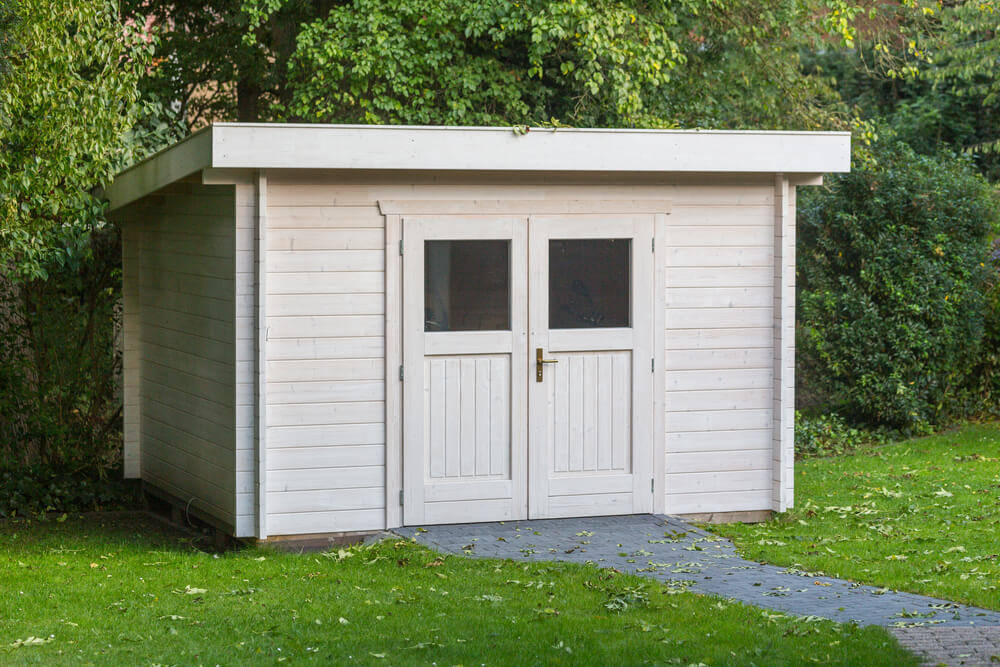
Step Two - Clean The Inside, Too.
Once the outside is done it is time to get the inside in order. You don’t want to walk into your wooden shed in the spring only to have it be a complete mess. It is better to be ready to use it right away, which means putting away anything that is not going to be used for the year.
Wipe down and sanitize all tools. This is important because it could have chemicals from your garden or items from your fertilizer or compost still lingering there. You want it fresh to use in the new season, plus those chemicals can cause rust or damage to the metal/wood of the tools themselves.
Clear out your lawnmower, trimmer, weed whacker and any other powerful garden tool. These are the ones we most often forget. Make sure they aren’t holding any fuel, if possible. Run them out while preparing your yard and leave them empty and ready to be filled in the spring. Get your snow gear out and put it somewhere easily accessible and make sure they are filled and ready to go. Get plenty of salt and have that also ready for icy walkways, before demand for it goes up in the snowy months.
Sweep floors, scrub surfaces, look for any signs of spiders or pests such as webs and nests and clear those out. Double check there are no holes in walls that will let critters in seeking refuge from the cold.
Step Three - Insulate and Weatherstrip
Weatherstripping is pretty much a standard every year, when doors and windows can become unsealed and let in or out air. Thankfully it doesn’t cost much to undertake this little project, especially for something as small as a wooden shed. You are looking at about $30 per door and $15 per window, on average.
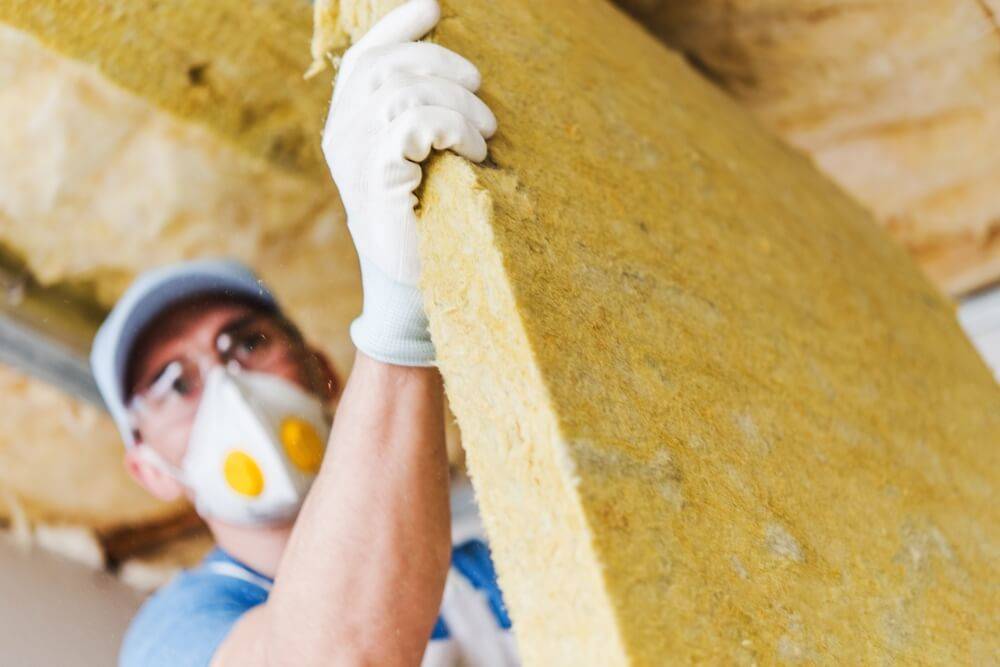
But have you considered insulation? Additional insulation can make your shed much cosier and allow you to continue using it for projects all winter long. It will also keep damage at bat from the cold. If you live in a particularly frigid climate your tools and other items stored in your wooden shed can become cracked, chipped or broken. Insulation reduces the risk of that happening.
Step Four - Decide On Its Use During Winter
Another reason you might want to insulate your wooden shed is that you may want to use it for additional tasks in the winter. If it is nothing but storage this might not be that big of a deal. But what if you want to use it for projects? What if you have a workbench out there?
Adding a few items can help you to prepare your workspace. An electric heater is a nice addition to keep you warm. Some kind of cover on a bench will keep you from sitting on anything too cold. A coffee machine or other amenities can be great to have at hand to help you warm up with a hot drink on a particularly snowy day. You can add carpet rugs and other items to protect your feet.
Knowing what you want to use the wooden shed for will give you the time you need to improve it to fit each task. No one wants to be remodeling or hauling things like heaters and mini fridges in the snow. The sooner you get started, the sooner you can have your own little space ready for any time of year.
Step Five - Install a Heating Source
Speaking of an electric heater, there are other options available to you depending on what you want, your budget and the amount of space you have. After all, a wooden shed isn’t always something that simple...these dwellings can be practically guest houses now, with multiple levels, open doors and a lot of area to fill.

Wood burning stoves are popular, as are grills that can provide both a way to cook and heat a space. These can run anywhere from $250 - $900 depending on the size, how much wood it burns and the design features. Most wooden sheds will probably hold a smaller one best, which can still produce a lot of heat for such a tiny space.

